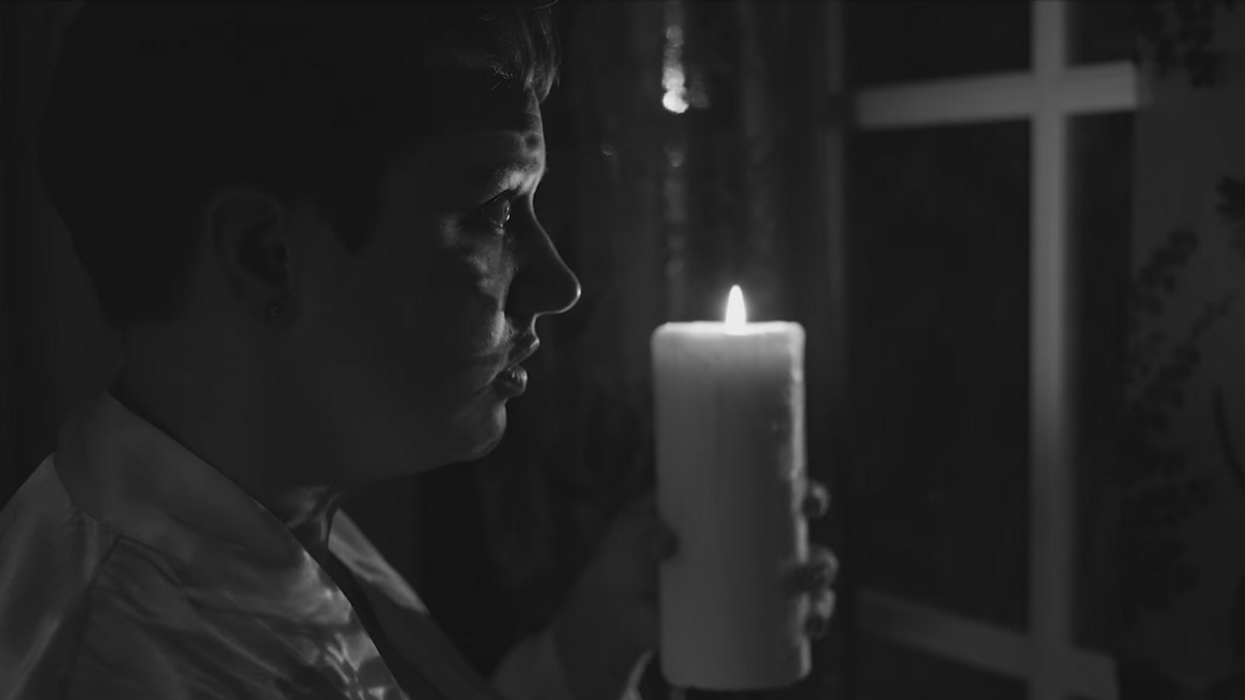4 Ways to Light a Scene So It Feels Dark (but Actually Isn't)
The key to moody, horror-style lighting is contrast and shadows.

Dark lighting: it might seem like an oxymoron, as well as a term I just made up, but it really just refers to a treatment of light called chiaroscuro. Characterized by high contrast and hard shadows, chiaroscuro lighting is an incredibly popular technique in horror films and film/neo noir, because it creates a sense of mystery, suspense, fear, and tension. In this video, RocketJump Film School teaches you 4 important concepts that will help you approach this low-key lighting effect:
Here are the 4 techniques/concepts mentioned in the video:
- Silhouette: Exposing your background, but not your subject
- Separation: Contrast between subject and background
- Edge lighting: Lighting your subject from the back; shadow faces toward the camera
- "Fragmentary" light: Breaking up light to create randomized shadows on a subject
Before you put any of these lighting concepts and techniques into practice, it's important to remember the greatest cinematic concept of them all: story is king. It's fun and relatively simple to start throwing cool lighting tricks at your horror film (or any type of film), but if the lighting doesn't communicate the tone of the scene, reveal something about a character, or serve the story in some way, you might want to rethink it. That's what separates good cinematography from great cinematography—how well the lighting and other cinematic elements capture and elevate the story.
Source: RocketJump Film School














